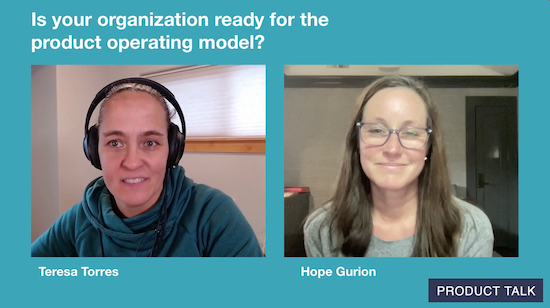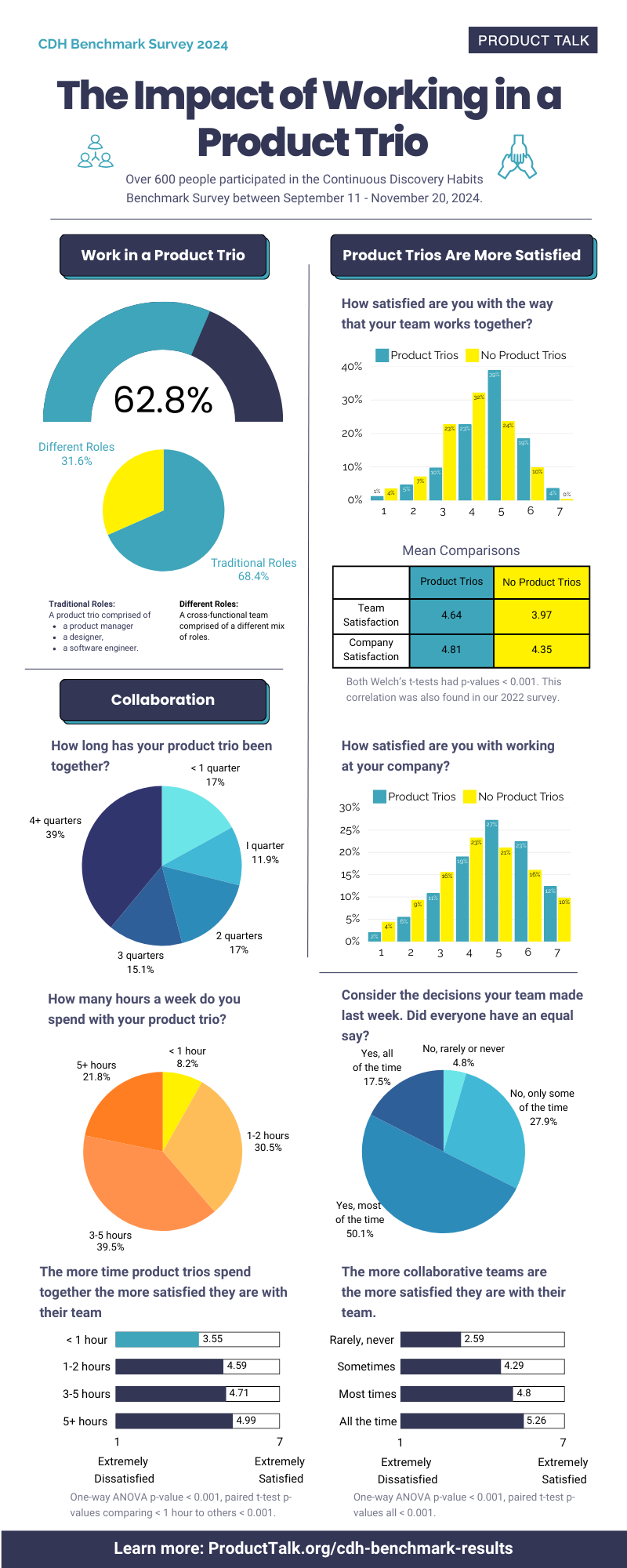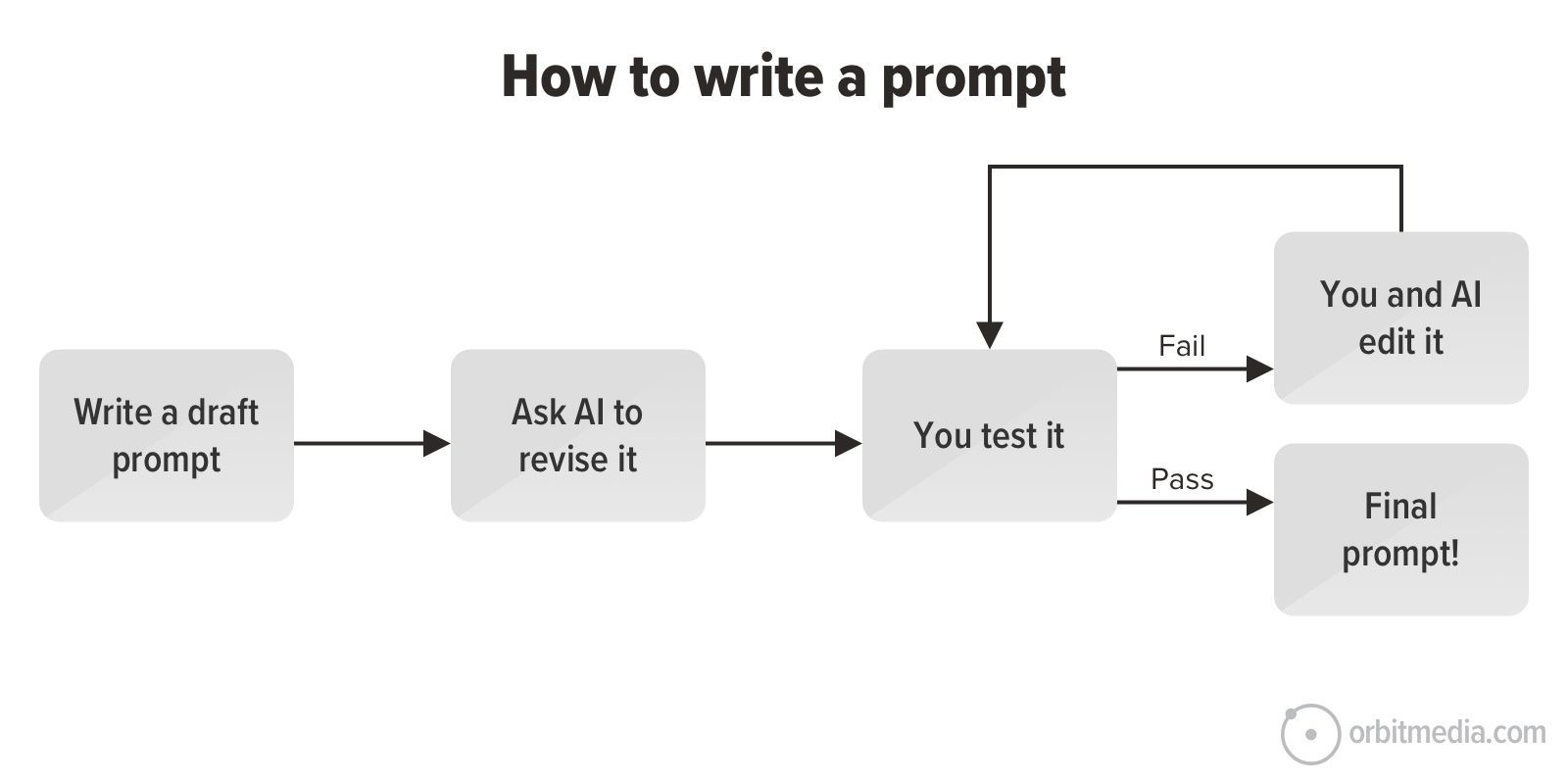10 Essential Reads on Innovation
Artificial intelligence is making CEOs who have always thirsted for innovation even thirstier. Using AI tools, teams can rewrite some old rules about speed and cost to increase their productivity and shorten time to market. Just as enticingly, teams can innovate quickly to respond to customer desires, improving customer satisfaction and retention. Thinking even bigger, […]


Artificial intelligence is making CEOs who have always thirsted for innovation even thirstier. Using AI tools, teams can rewrite some old rules about speed and cost to increase their productivity and shorten time to market. Just as enticingly, teams can innovate quickly to respond to customer desires, improving customer satisfaction and retention. Thinking even bigger, teams can open up entirely new lines of revenue. It’s a good time to be a leader who thrives on change, because the drive to innovate at all these levels is strong.
That’s the good news. The tough news is that the AI tools won’t be the biggest blockers of innovation success. The people challenges will.
For example, leaders who want innovative ideas need to create a high degree of psychological safety. “Innovation flourishes when people on a team openly debate and disagree,” note Jeff Dyer, Nathan Furr, Curtis Lefrandt, and Taeya Howell. But psychological safety is just the start of healthy debate, they say. Read the full article and you’ll see this issue in a new light, with the help of Star Trek’s Mr. Spock and Apple’s Steve Jobs.
Given the importance of innovation to leaders right now, we gathered this article collection to give you a concentrated dose of wisdom. These 10 excerpts and their corresponding articles share pragmatic advice from MIT Sloan Management Review’s community of authors, including executives and academic experts from MIT Sloan and other world-class institutions. The final two articles give you a look at how two companies known for innovation, Lego and Colgate-Palmolive, continue to break new ground. Lego offers valuable lessons in profiting from customer ideas, while Colgate-Palmolive models how to best pair innovative people and generative AI tools. Delve into these articles and increase your innovation power — and your team’s.
1. A Better Way to Unlock Innovation and Drive Change
Diya Kapur Misra, Linda A. Hill, Gaurav Laroia, and Christiane Hamacher
“In our hard-won experience in organizational transformation projects at several companies, we found that the idea of large-scale transformation can leave employees feeling overwhelmed and insecure about their ability to thrive in the new order. But we learned that by deploying a strengths-based approach at the individual level and then using it to constitute and manage diverse teams, we could win employee commitment to transformation. This approach can help reduce anxiety and burnout, increase inclusive and collaborative behaviors, and cut across hierarchical and functional boundaries. It creates agents of change with the power to contribute to a shared purpose and bold ambition rather than victims of change who feel powerless and fearful.”
2. Why Great Ideas Die on Managers’ Desks — and How to Save Them
Vijaya Venkataramani and Kathryn M. Bartol
“The very novelty that makes an idea valuable to an organization and likely to generate extraordinary rewards is the same quality that makes it difficult for managers to appreciate an idea. Organizations thrive on the ability to disrupt norms and embrace the unfamiliar, yet managers’ mental models often favor the predictable and familiar. How can this critical dilemma be resolved? …
“Our research points to a powerful yet straightforward solution: Managers need to build diverse personal networks within their organizations and beyond. The link between having a diverse social network and being innovative is no secret — it’s a cornerstone of creativity research. But our findings add a twist: Diverse connections not only help employees generate more creative ideas; they are critical in allowing managers to evaluate and recognize the worth of employees’ ideas.”
3. Beating ‘Not Invented Here’ Syndrome
Rolf-Christian Wentz
“NIH [‘not invented here’] syndrome is a bias against ideas perceived as coming from outsiders. This bias can affect anyone in an organization. While there are rational reasons to reject some external knowledge — say, for intellectual property concerns or technical incompatibilities — this bias is often the driver, and it can be economically damaging when it leads to missed opportunities and fewer innovations. One research study surveyed 565 innovation projects from around the globe and found that only 16% of them remained entirely unaffected by NIH syndrome. This bias against outside ideas positively correlated with a reduced likelihood of project success.
“My research into this phenomenon found that it can manifest at all levels of an organization and to different degrees, but can be most entrenched among two types of individuals: doubters and resisters. Both lack motivation and hold strong negative attitudes toward external knowledge.”
4. Rethinking Governance for Digital Innovation
David L. Rogers
“Designing repeatable processes for innovation is essential for growth in the digital era, yet it is incredibly hard. In too many organizations, new ventures are green-lit based on a single executive sponsor. Once started, ventures move slowly, managed by teams that sit in traditional silos. Resource allocation is slow too, as promising projects wait weeks or months for their next round of approvals. Because each project is backed by an influential executive, no one wants to shut it down, even if it shows little promise.
“Meanwhile, risk aversion leads businesses to fund only their low-hanging fruit — incremental improvements in the core that bring a guaranteed, quick ROI. This path will never lead to transformation. Instead, you need governance that embraces uncertainty and supports growth both within and beyond the core.”
5. Mining Underground Innovation
Jeroen P.J. de Jong, Max Mulhuijzen, and K. Venkatesh Prasad
“In our research at Ford Motor Co., we surveyed employees in R&D and found that from 2018 to 2021, 45% had developed projects without a manager’s consent. Workers have a variety of reasons for doing this work out of sight. From earlier research, we know that underground innovators may want to defer discussion until they can present their best case or avoid the pressure that comes from managers demanding results. We learned that employees sometimes prefer a shortcut to solving problems encountered at work, don’t want to spend time getting permission, or are simply driven by curiosity and determined to push past constraints — even if they aren’t being paid for the work.”
6. Why Innovation Depends on Intellectual Honesty
Jeff Dyer, Nathan Furr, Curtis Lefrandt, and Taeya Howell
“Innovation flourishes when people on a team openly debate and disagree. The question is how to get them to speak their minds, particularly when it means challenging their leaders or acknowledged experts. Some management experts argue that the best way to get people to speak up is to create psychological safety — an atmosphere described by Harvard professor Amy Edmondson as one in which ‘people feel accepted and comfortable sharing concerns and mistakes without fear of embarrassment or retribution.’
“But research also indicates that feeling that it’s safe to dissent isn’t the only important factor for ensuring healthy debate. In our studies of innovators and their teams, we’ve found there can be a tension that few people recognize between psychological safety and intellectual honesty: that is, a culture in which team members will proactively voice their ideas and disagreements in a rational and constructive way (like the Star Trek character Mr. Spock, but with acknowledgment of their human emotions and biases). Intellectual honesty significantly increases a team’s ability to innovate — particularly to create breakthrough innovations — because it unleashes the knowledge of team members.
“We found that many teams prioritize psychological safety without realizing that the social cohesion it promotes, though beneficial to learning, can sometimes undermine intellectual honesty rather than encourage it. However, when people are brutally honest (Steve Jobs would tell people at Apple that they were ‘full of s – – – ’), they can undermine others’ feelings of acceptance and respect — which are the cornerstones of feeling secure to challenge one’s colleagues.”
7. Strategically Engaging With Innovation Ecosystems
Philip Budden and Fiona Murray
“Competitive pressure to innovate is driving companies to seek new ideas well beyond their own walls. But sponsoring the occasional hackathon or having one-off, uncoordinated interactions with a startup accelerator won’t contribute much to boosting an organization’s innovation capabilities. Many companies are missing an opportunity that’s close to home by overlooking or failing to effectively tap innovation ecosystems in their regions.
“These ecosystems occur where innovation and entrepreneurship activity are highly concentrated. As we define them, ecosystems are places that engage five stakeholder types — research institutions, entrepreneurs, corporations, investors, and governments — linked by a strong social fabric of mutual interest, complementary needs and resources, and trust.”
8. Effective Innovation Begins With Strategic Direction
B. Tom Hunsaker and Jonathan Knowles
“When speaking with global executives, we often ask them, ‘What’s one thing your company needs to improve?’ Their word choice varies by region, but their response is usually the same: the ability to derive more value from their companies’ investments in innovation.
“More often than not, the underlying problem is that innovation is assumed to be an end in itself rather than the mechanism for achieving a specific form of change. The impetus to innovate is independent from a strategic analysis of where and how innovation can improve the organization’s fit to purpose, or the quality of fit with the expectations of customers and other stakeholders; and its relative advantage, or its distinctiveness relative to alternatives. But most innovation advice given to leaders lacks the context necessary to guide their actions.”
9. Lego Takes Customers’ Innovations Further
Michela Beretta, Linus Dahlander, Lars Frederiksen, and Arne Thomas
“It is rare for companies to generate consistent commercial hits from their customers’ ideas. In fact, customer-generated innovation efforts tend to be ad hoc or difficult to sustain. But when they succeed, they can create new sources of revenue, outcompete internally generated ideas, and create more loyalty among customers — which explains why business leaders continue to pursue this path for idea generation.
“The Lego Group has been one of the most widely researched and emulated companies for its open innovation achievements with consumers. A crowdsourcing pilot that Lego launched in 2008 evolved into Lego Ideas, a community of more than 2.8 million customers that has shared and debated more than 135,000 ideas for Lego sets and generated significant revenues for the company. The lucky few whose ideas are commercialized (like the top-selling medieval blacksmith set) get 1% of the product’s top-line revenue — often a life-changing sum. Meanwhile, popular ideas that are not selected as Lego products can get a second chance through a crowdfunding program on BrickLink, a consumer-led channel that Lego acquired in 2019.
“Our four-year study of Lego Ideas and BrickLink has uncovered fresh insights for managing open innovation platforms. Many open innovation initiatives start on the edge, as Lego’s did, and remain there. To create value over time, however, they need to be integrated into the organization’s core.”
10. The GenAI Focus Shifts to Innovation at Colgate-Palmolive
Thomas H. Davenport and Randy Bean
“Colgate-Palmolive saw an opportunity to enhance its innovation processes with generative AI. ‘We wanted to use AI to grow the business, not just drive efficiencies,’ Kli Pappas, senior director of predictive analytics and global head of AI at Colgate-Palmolive, told us. ‘Innovation is the center of our growth strategy and is a great match for what generative AI models excel at today: being creative and enabling fast iteration cycles where more people are able to participate.’
“Colgate-Palmolive’s teams found that they could combine one AI system that surfaces unmet consumer needs with another proprietary AI system that develops new product concepts to meet those needs. In minutes, with human guidance, it can produce copy and imagery for a new concept, such as a new flavor of toothpaste. While there are always humans in the loop to guide the workflow, using the GenAI-enhanced system is much more efficient than having humans page through market research materials. The breadth of ideas generated also creates a broader product funnel for the company to pursue.”







































































































![Building A Digital PR Strategy: 10 Essential Steps for Beginners [With Examples]](https://buzzsumo.com/wp-content/uploads/2023/09/Building-A-Digital-PR-Strategy-10-Essential-Steps-for-Beginners-With-Examples-bblog-masthead.jpg)














![How to Use GA4 to Track Social Media Traffic: 6 Questions, Answers and Insights [VIDEO]](https://www.orbitmedia.com/wp-content/uploads/2023/06/ab-testing.png)







![Technical Sourcer [United Kingdom] at Olo](
https://nodesk.co/remote-companies/assets/logos/olo.e9c56827507b669046f71750846f8032542be84192a2248413f8421b2e5a2769.jpg
)

























